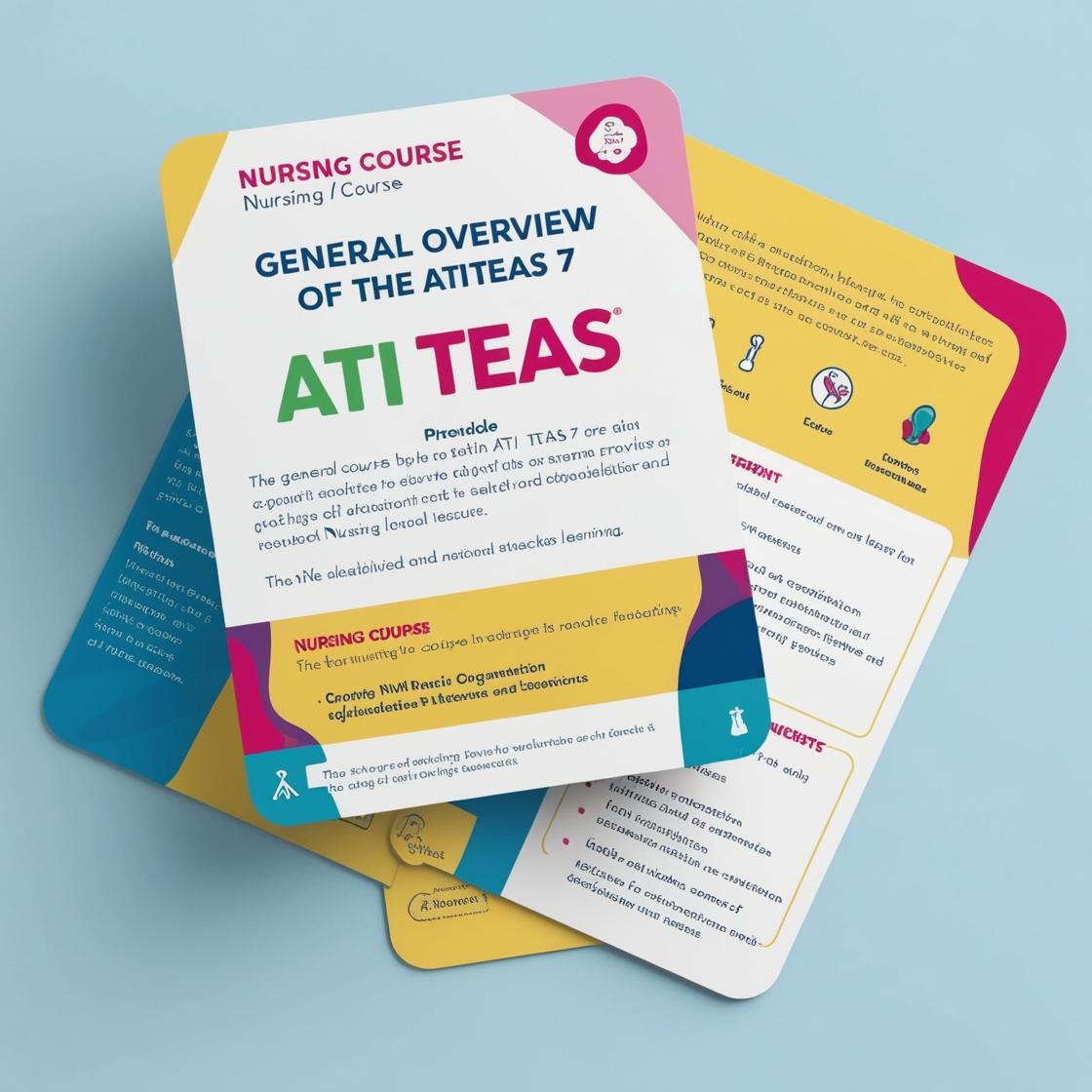ATI TEAS 7
TEAS Practice Test Science
1. What is the function of the rib cage in the human body?
- A. To protect the digestive organs
- B. To protect the lungs and heart
- C. To support movement
- D. To regulate body temperature
Correct answer: B
Rationale: The rib cage plays a crucial role in protecting vital organs, specifically the lungs and heart, from external injuries. Choice A is incorrect because the rib cage does not primarily protect the digestive organs. Choice C is incorrect as the primary function of the rib cage is not to support movement, but to protect internal organs. Choice D is incorrect as regulating body temperature is not a function typically associated with the rib cage.
2. Which of the following statements is true regarding the ventricles of the heart?
- A. The left ventricle pumps blood into the aorta
- B. The right ventricle pumps blood into the pulmonary trunk
- C. Ventricles are the discharging chambers of the heart
- D. All of the above
Correct answer: D
Rationale: All of these statements are true regarding the ventricles of the heart. The left ventricle does indeed pump oxygenated blood into the aorta, while the right ventricle pumps deoxygenated blood into the pulmonary trunk. Ventricles are indeed the discharging chambers of the heart, responsible for pumping blood out into the circulatory system. Therefore, as all the statements are accurate, the correct answer is 'All of the above.' Choices A, B, and C are all correct statements about the ventricles, making them incorrect answers in isolation.
3. Which of the following structures in the cell is responsible for producing ATP?
- A. Ribosome
- B. Nucleus
- C. Mitochondria
- D. Endoplasmic reticulum
Correct answer: C
Rationale: The correct answer is C, Mitochondria. Mitochondria are known as the powerhouse of the cell and are responsible for producing ATP, the primary energy currency of the cell through cellular respiration. Ribosomes (Choice A) are involved in protein synthesis, the nucleus (Choice B) stores genetic material and controls cell activities, and the endoplasmic reticulum (Choice D) plays a role in protein synthesis, lipid metabolism, and detoxification, but none of these structures are directly responsible for producing ATP.
4. What function do hydrophobic proteins often provide in the body?
- A. Digestive enzymes
- B. Provide structure
- C. Carry oxygen molecules
- D. Store energy
Correct answer: B
Rationale: Hydrophobic proteins are known for their ability to repel water and are often involved in providing structural support in cells and tissues. They help maintain the structural integrity and shape of cell membranes, organelles, and other cellular components. Choice A, digestive enzymes, typically consist of hydrophilic proteins that interact with water and substrates to facilitate digestion. Choice C, carrying oxygen molecules, is a function commonly associated with specific proteins like hemoglobin. Choice D, storing energy, is usually performed by proteins like enzymes involved in energy storage and release, such as glycogen phosphorylase.
5. Which of the following bones is part of the axial skeleton?
- A. Femur
- B. Humerus
- C. Skull
- D. Pelvis
Correct answer: C
Rationale: The correct answer is C: Skull. The axial skeleton consists of bones along the body's central axis, including the skull, vertebral column, ribs, and sternum. Choices A, B, and D are incorrect because the femur, humerus, and pelvis are part of the appendicular skeleton, which comprises the bones of the limbs and girdles.
Similar Questions

Access More Features
ATI TEAS Premium Plus
$150/ 90 days
- Actual ATI TEAS 7 Questions
- 3,000 questions with answers
- 90 days access
ATI TEAS Basic
$99/ 30 days
- 3,000 Questions with answers
- 30 days access
